LiFT PV develops lightweight, flexible solar laminates based on next-gen PV requirements, using thin-film & roll-2-roll technology
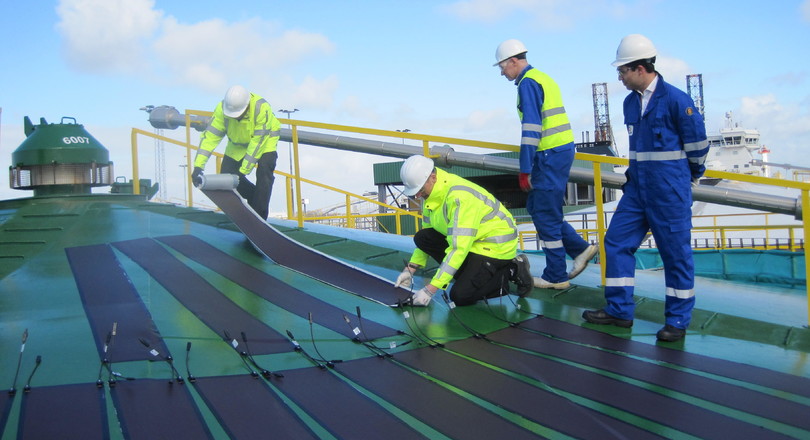

LiFT PV develops lightweight, flexible solar laminates based on next-gen PV requirements, using thin-film & roll-2-roll technology

Perovskite solar technology is emerging as a game-changer in the global energy transition. Perovskites are a class of crystal-structured materials that can efficiently convert sunlight into electricity and be processed at low temperatures. With the potential for high efficiency, low-cost production, and excellent performance under low light, perovskites are ideally suited for lightweight, flexible solar modules. Their compatibility with roll-to-roll manufacturing and use in tandem architectures makes them one of the most promising pathways toward next-generation photovoltaics.
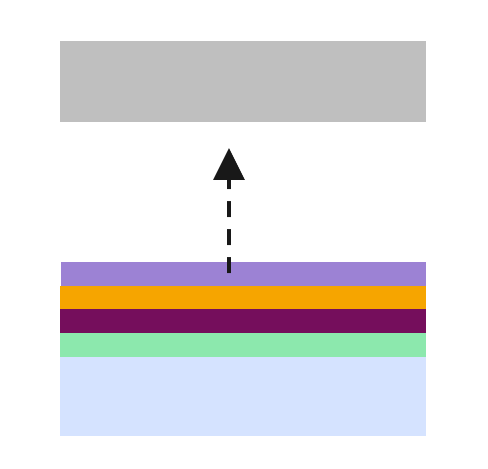
At LiFT PV, we apply our deep expertise in thin-film silicon to enable the perovskite revolution. We develop and supply substrates with critical functional layers—including transparent conductors and barrier materials—manufactured using our proprietary roll-to-roll process. This makes us a unique partner for perovskite module developers aiming for scalable, flexible, and commercially viable products.

Our ultra-light modules unlock solar potential for applications where weight and rigidity are limiting factors. Whether on temporary structures, industrial tanks, or iconic architecture, LiFT PV’s thin-film technologies- based on both thin film silicon and perovskite - open the door to new use cases beyond the reach of traditional solar solutions.
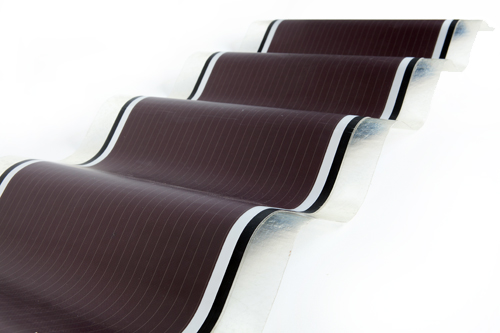
LiFT PV develops flexible, lightweight, and durable solar laminates that adapt to surfaces where conventional glass panels can’t compete. From aging rooftops and storage tanks to vehicles, logistics hubs, and portable devices - our technology enables seamless integration across diverse and demanding environments.
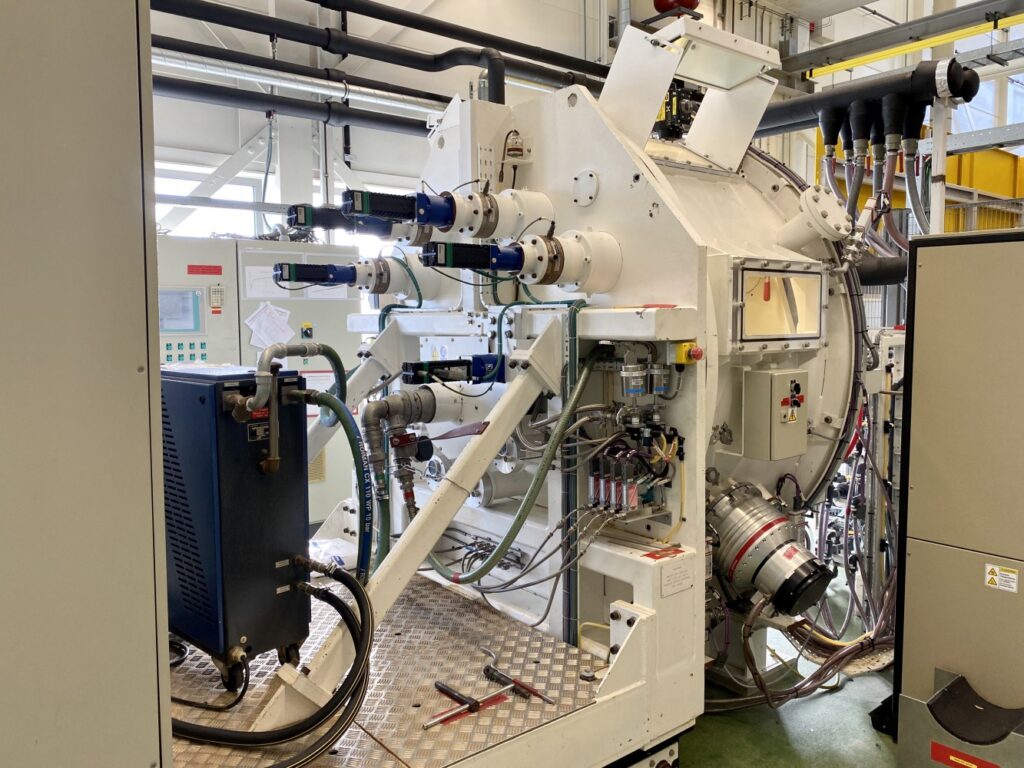
LiFT PV manufactures its thin-film solar laminates using a fully integrated roll-to-roll production line - combining e.g. APCVD and PECVD process steps. This high-throughput approach supports low-waste, scalable production and enables cost-effective, flexible solar modules.
Our capabilities go beyond gas-phase deposition. The line also includes lamination, etching and wet processes, physical vapor deposition (PVD), and high-precision laser tooling. This unique combination allows us to process complex multi-layer stacks with the control and repeatability needed for both silicon and perovskite technologies - paving the way for next-generation solar manufacturing.
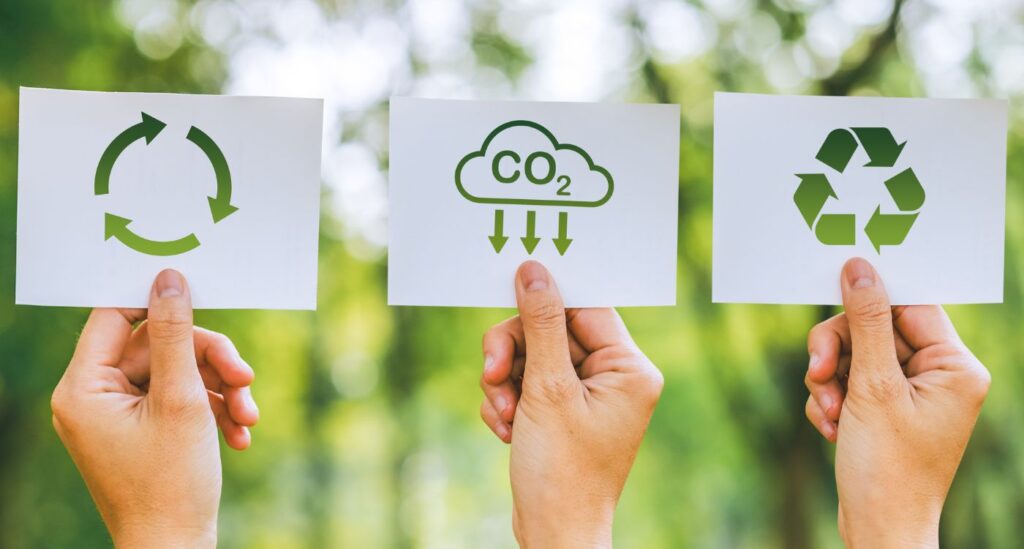
At LiFT PV, we produce our thin-film solar modules entirely under one roof. Our integrated roll-to-roll manufacturing line allows for all major process steps—deposition, structuring, lamination, and finishing—to take place in a single facility.
In contrast, manufacturing traditional crystalline silicon solar panels typically requires a fragmented supply chain involving at least four separate factories: one for ingot casting, one for wafering, another for cell processing, and a final step for module assembly.
By consolidating production, we reduce logistical complexity, lower emissions, and minimize factory footprint—supporting a more sustainable, local, and scalable solar industry.
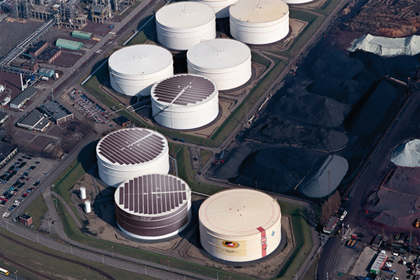
Our modules are engineered with circularity at their core. By using recyclable materials and focusing on clean, material-efficient processes, LiFT PV contributes to a more sustainable solar industry - minimizing environmental impact throughout the product lifecycle and supporting a circular economy.
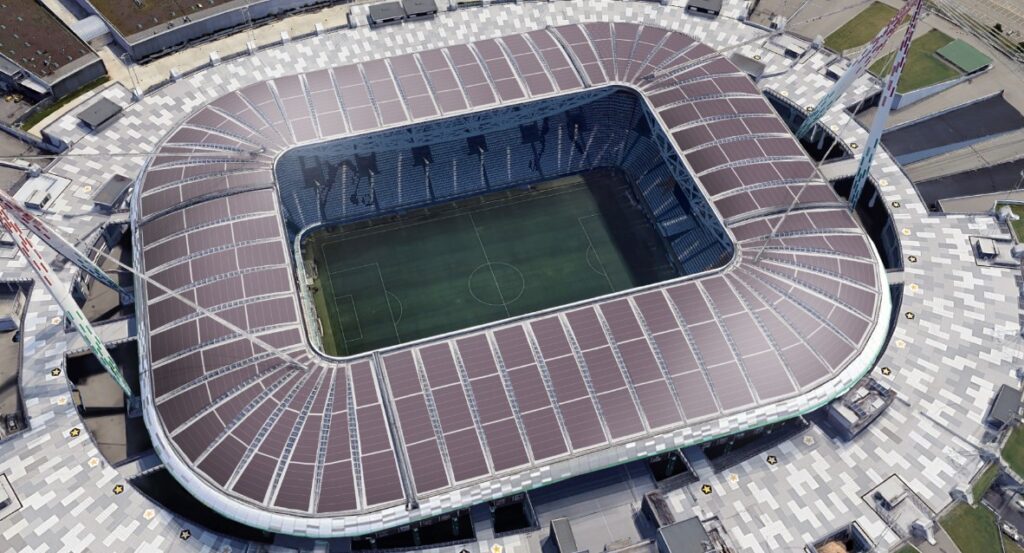
LiFT PV’s flexible modules offer new freedom in both function and form. Their low-profile, adaptable design allows for elegant integration into curved, mobile, or visually sensitive structures - expanding the reach of solar while simplifying installation and enhancing long-term reliability.